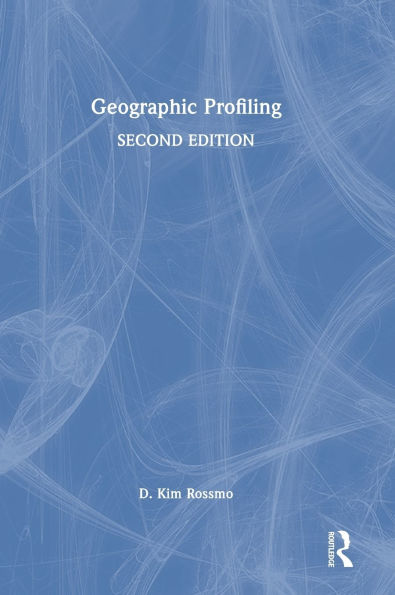As any police officer who has walked a beat or worked a crime scene knows, streets have hot spots, patterns, and rhythms. Understanding the varied geographic information in a crime series can be challenging. Renowned expert Kim Rossmo explains the concepts and applications of geographic profiling, and in this second edition updates his groundbreaking book with informative and engaging figures, tables, and examples. A range of applications are discussed including suspect prioritization, database searches, tactical response plans, missing person investigations, clandestine grave identification, and the role of geography in wrongful conviction reviews. Dr. Rossmo discusses the nature of police inquiries, criminal evidence, investigative challenges and failures, and more. The book explores the application of geographic profiling to violent and property crime, single offenses, epidemiology, counterterrorism/insurgency, and even earthquake epicenter and pirate base prediction. Fascinating new case studies include the Golden State Killer, Operation Lynx, the Zodiac Killer, the Lindbergh baby kidnapping, the DC Snipers, and the Austin Midnight Assassin.
Geographic Profiling is a must‑have reference for detectives, crime analysts, and law enforcement officers who want to follow the geographic clues in their cases. Its clear presentation makes it ideal for college courses, police training, university scholars, and students of true crime.
As any police officer who has walked a beat or worked a crime scene knows, streets have hot spots, patterns, and rhythms. Understanding the varied geographic information in a crime series can be challenging. Renowned expert Kim Rossmo explains the concepts and applications of geographic profiling, and in this second edition updates his groundbreaking book with informative and engaging figures, tables, and examples. A range of applications are discussed including suspect prioritization, database searches, tactical response plans, missing person investigations, clandestine grave identification, and the role of geography in wrongful conviction reviews. Dr. Rossmo discusses the nature of police inquiries, criminal evidence, investigative challenges and failures, and more. The book explores the application of geographic profiling to violent and property crime, single offenses, epidemiology, counterterrorism/insurgency, and even earthquake epicenter and pirate base prediction. Fascinating new case studies include the Golden State Killer, Operation Lynx, the Zodiac Killer, the Lindbergh baby kidnapping, the DC Snipers, and the Austin Midnight Assassin.
Geographic Profiling is a must‑have reference for detectives, crime analysts, and law enforcement officers who want to follow the geographic clues in their cases. Its clear presentation makes it ideal for college courses, police training, university scholars, and students of true crime.

Geographic Profiling
538
Geographic Profiling
538Hardcover(2nd ed.)

Product Details
| ISBN-13: | 9781032329291 |
|---|---|
| Publisher: | Taylor & Francis |
| Publication date: | 04/02/2025 |
| Edition description: | 2nd ed. |
| Pages: | 538 |
| Product dimensions: | 7.00(w) x 10.00(h) x (d) |
